New AGFC Fisheries chief Laird hatches plan for tackling big projects
BY Jim Harris
ON 08-09-2023
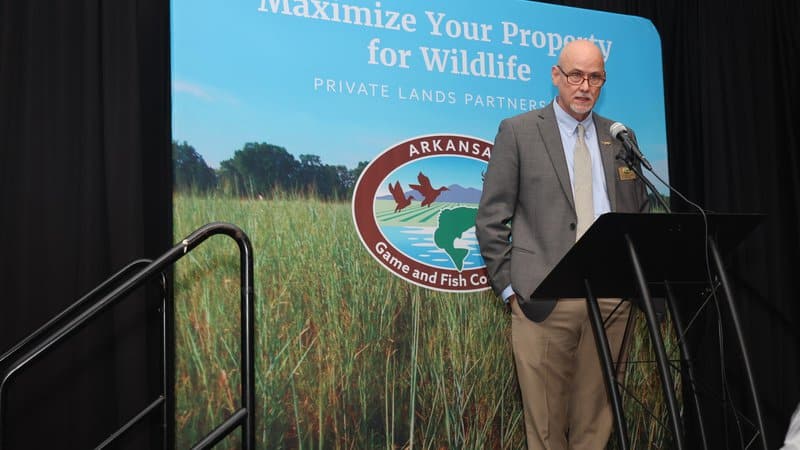
Aug. 9, 2023
Jim Harris
Managing Editor Arkansas Wildlife Magazine
Tommy Laird, a 33-year veteran with the Arkansas Game and Fish Commission’s Fisheries Division, didn’t ever see himself as chief of the division, but he also didn’t count on AGFC Director Austin Booth’s persuasive skills when it came time to fill the role in June.
“Austin is a good salesman,” says Laird, who found himself accepting the job. He takes over at maybe the most critical and busiest time in the Fisheries Division’s history.
The division, and the agency, is in the middle of four major capital improvement projects that, all told, are estimated to cost $40 million.
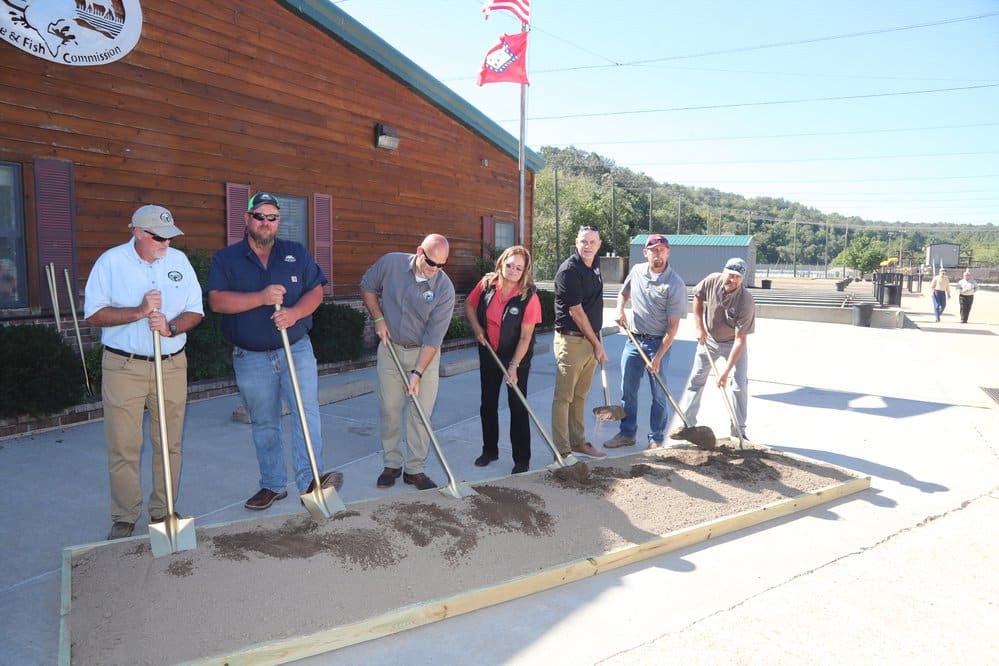
Most pressing is the recently announced renovation of 75-year-old Craig D. Campbell Lake Conway Reservoir, the biggest lake renovation project in the agency’s history. The oldest of the AGFC’s state fish hatcheries, the Joe Hogan facility in Lonoke, is in line to be renovated soon. Engineering and design work is being planned for another aging hatchery, the C.D. “Charlie” Craig facility in Centerton, where Laird spent most of his AGFC career.
And a project that Laird ended up overseeing for the division, the renovation of the Jim Hinkle Spring River Fish Hatchery in Mammoth Spring, was completed earlier this year, bringing the trout producing facility totally on line after several years of operating at far below capacity due to aging infrastructure and a debilitating flood.
“I would encourage people to go up and look at it, you’d be amazed at the changes at the Spring River Hatchery for our trout program,” he said. “Trout fishing here in the future looks promising and I think it’s going to be the same for everything else. I see the same success at Lake Conway if people will just give it time. Lake Conway’s going to return for the better. Fishing is going to be outstanding.”
Laird said Booth’s directive in the new role was “to lead the Fisheries Division during this time of transition and provide guidance through these major renovations.” Laird says his job also will be to bring stability to the division and plan for a busy few years ahead.
“He knows my background,” Laird said.
Laird, known for his optimism, integrity and earning the respect of his peers at the agency, one of the more friendly, likable and positive employees at the agency, is a native of Waldron (Scott County) and he still has family there. He’s lived in northwest Arkansas for most of his professional life and said he would have been happy staying in the assistant chief’s job he held for eight years, overseeing the division’s fish culture section.
“There’s been opportunities in the past,” he said. “I’ve been really happy in the position of assistant chief of culture. I’ve had good staff. I loved the cultural section, love the people I worked with. I was happy with my career and wasn’t looking for a change.”
But Booth worked his magic, Laird admits.
“My first few days have been fast and furious, but it’s exciting, I don’t regret it,” he said.
“I have really good assistant chiefs underneath me. This is more of a team than anything else, so as we lead this division we’re doing it together. In the Fisheries Division, the days are bright.”
Laird grew up loving hunting, fishing and the outdoors; he says he favored streams like the Fourche La Fave, Crooked Creek, Kings and War Eagle rivers rather than big lakes. His favorite pursuit still is chasing smallmouth bass in streams.
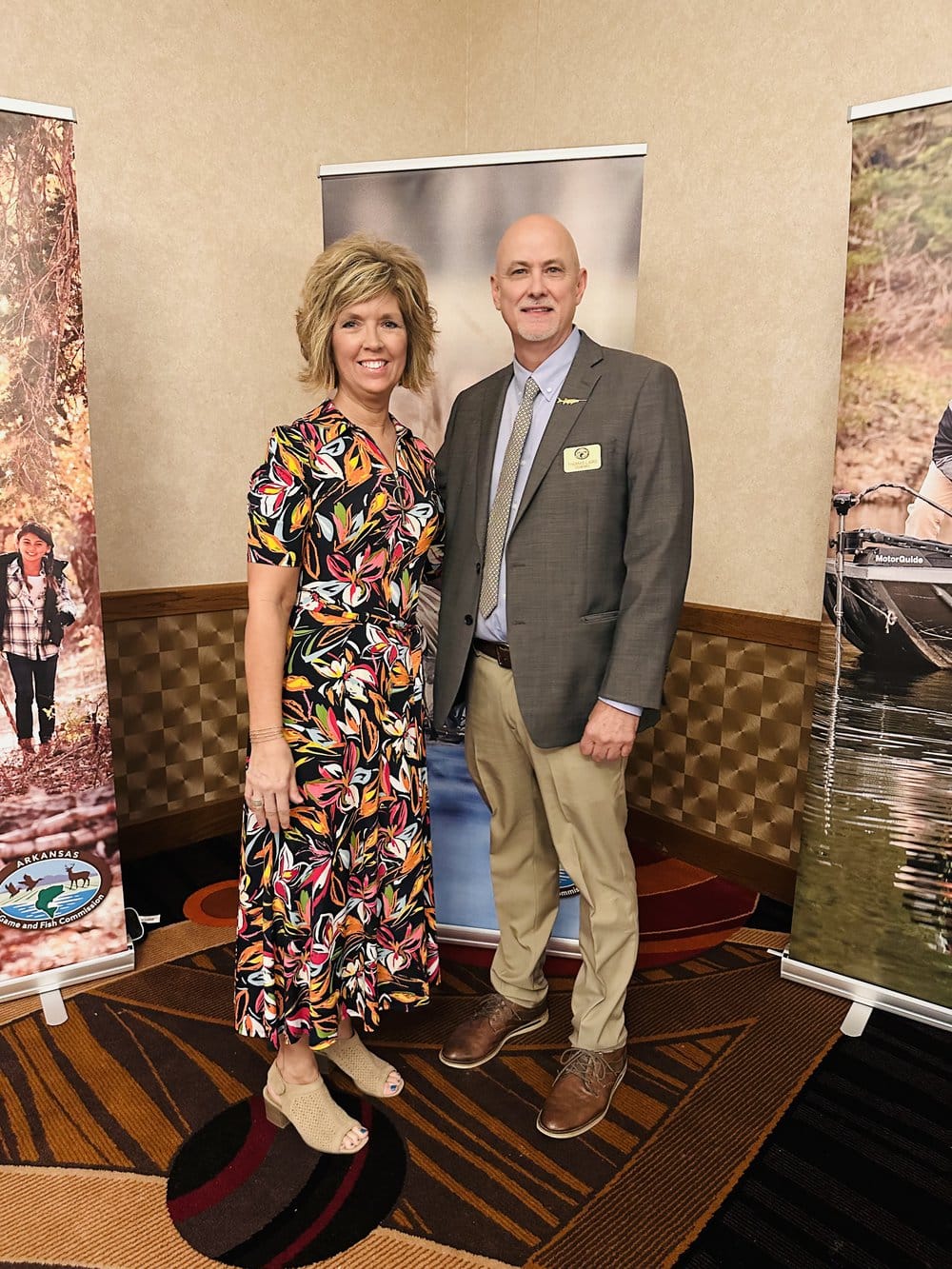
Early on, Laird saw himself working in a conservation-type job. When he graduated from Arkansas Tech University in Russellville in 1988, however, the job market was tight. The AGFC, in fact, was under a hiring freeze. Laird applied for jobs from coast to coast and landed a couple of temporary jobs in Oregon, first with the Army Corps of Engineers at the Columbia River’s McNary Lock and Dam, where Chinook salmon and steelhead trout were plentiful; then with Oregon’s fish and wildlife agency where he worked with upland game and waterfowl.
He and his wife, also from Scott County and who he married while in Oregon, decided a move back to Arkansas was necessary if he was ever to land a full-time conservation agency job.
Yet, his first inroad into the AGFC was another part-time position, this time for $4 an hour as extra labor at the Andrew Hulsey Hatchery in Hot Springs. Finally, a full-time spot opened at the William H. Donham Hatchery in Corning in 1990, where he spent four years, the last three as assistant hatchery manager.
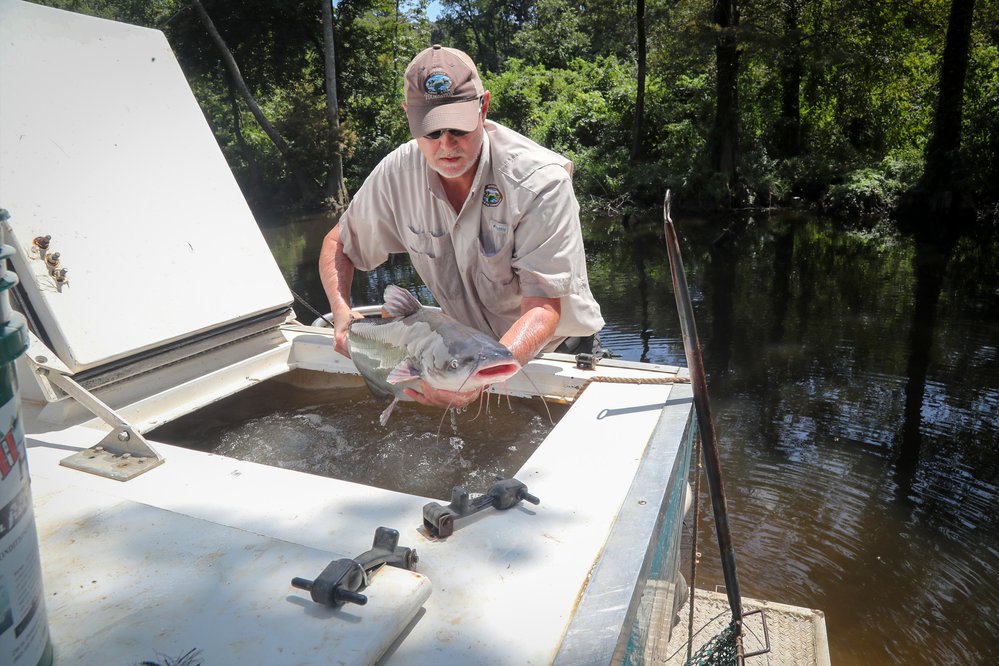
The Centerton hatchery was his next stop, as its manager in 1994, a position he held until 2015 when he was tapped to lead the fish culture section as assistant chief. He could still spend most of his time in northwest Arkansas where he raised a son and two daughters.
His son is at Arkansas Tech now, but he’s not following in dad’s footsteps, Laird says. A baseball player, he wants to become a sports therapist. One married daughter lives in Conway raising Laird’s only grandchild. Another daughter is in Los Angeles pursuing a medical career.
Interestingly, health care has been predominant in Laird’s family – his sister, sister-in-law, mother and grandmother all worked in the medical field, too. But it never caught Laird’s fancy.
“I just always loved to hunt and fish.”
And, he says, it led to the perfect job he’s enjoyed for more than three decades.
“There’s not a day I come to work that it’s not a good day,” Laird said. “I’m always eager to come to work, I’ve never regretted a day coming to work here. There’s not a lot of people who can say that.”
He credits his long career of hatchery work for preparing him to oversee this huge spate of construction starting with the Spring River Hatchery and with more massive work ahead.
“I wouldn’t say I have a lot of background, but I have a wide range of knowledge, it’s not just management, not just cultural,” he said. “You’re like a tradesman with a lot of skills, you do electrical work, carpentry work, mechanical when you work on a hatchery. You just have a wide range of skill sets. Most culture staff can do anything because working on a hatchery requires versatility.”
CUTLINES:
PRESENTATION
One of Laird’s first official functions as AGFC Fisheries Chief was recognizing private landowners for achievements in conservation on Arkansas’s waterways.
SHOVELS
Laird (second from right) was present at the groundbreaking of the Jim Hinkle Spring River Hatchery Renovation and saw the project to its completion earlier this year.
COUPLE
Laird and his wife, Stephanie, have been a part of the AGFC family for more than 30 years.
CATFISH
Even during his time as an assistant chief, Laird has never been afraid to roll up his sleeves and work with hatcheries to deliver fish and fishing opportunities to Arkansans.
Recent News
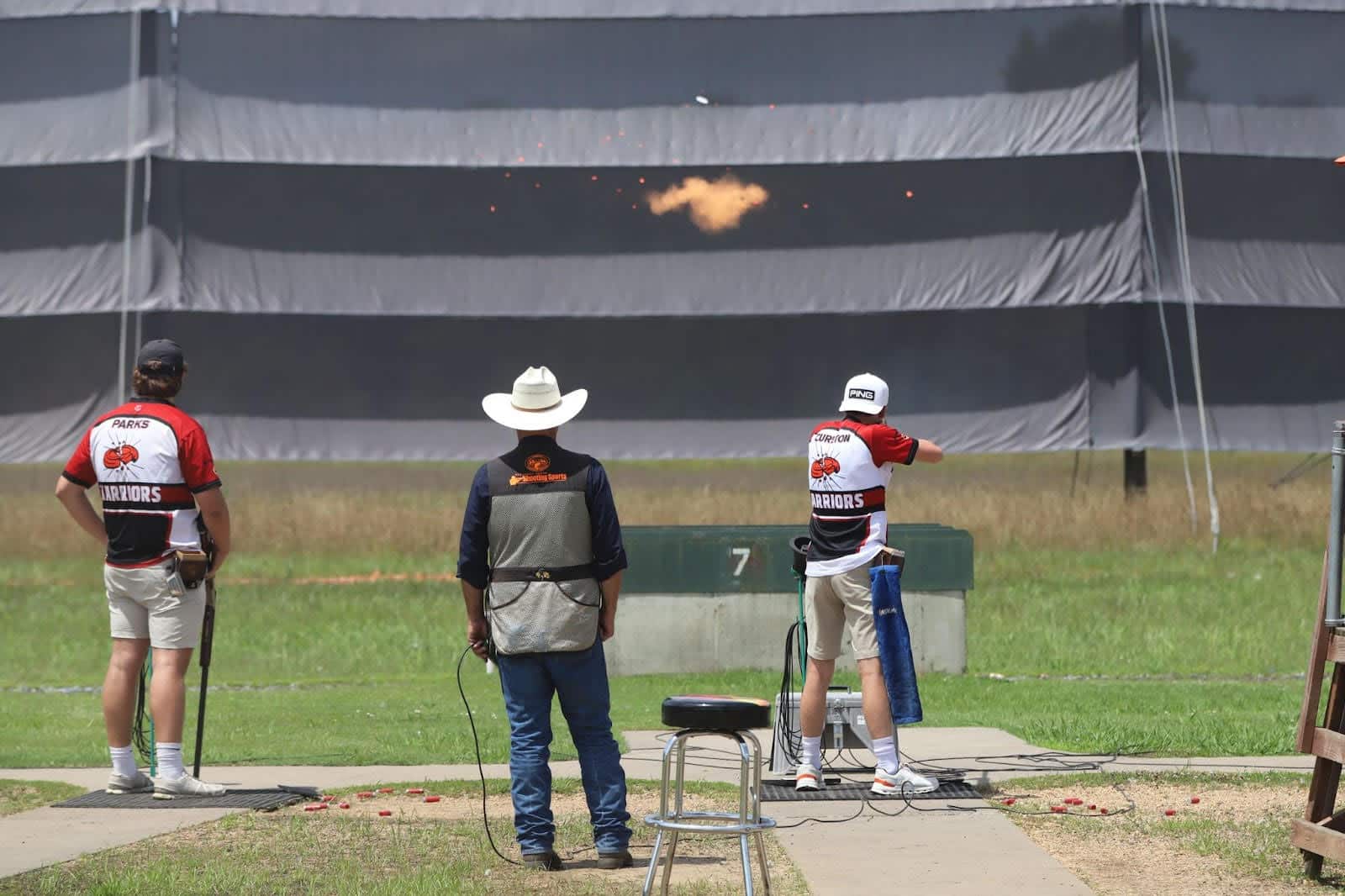
Contenders take aim as shooting sports regionals begin
Apr. 23, 2025
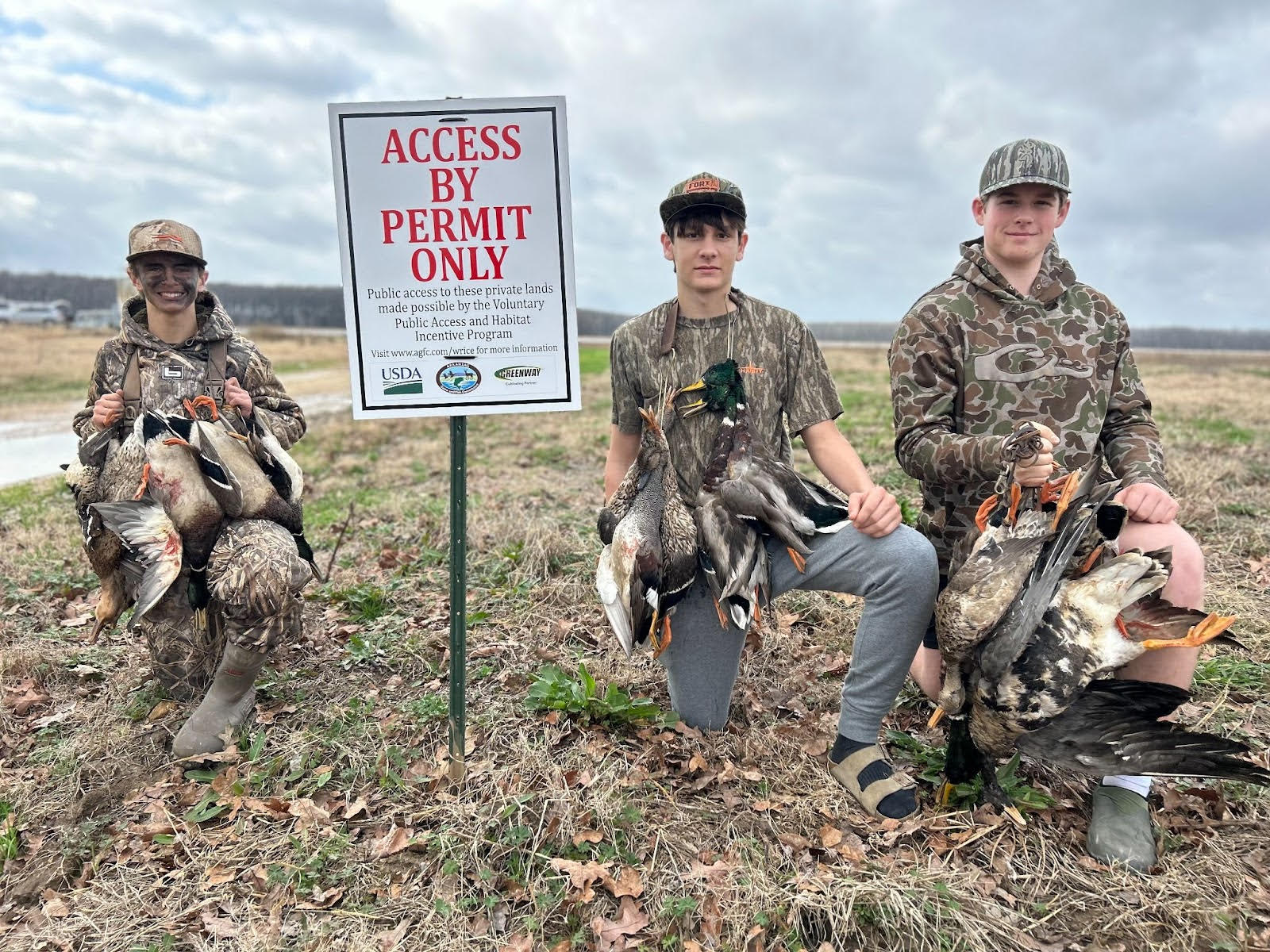
Teens turn duck season around in youth WRICE hunt
Apr. 23, 2025
Subscribe to Our Weekly Newsletter E-mails
Don’t miss another issue. Sign up now to receive the AGFC Wildlife Weekly Newsletter in your mailbox every Wednesday afternoon (Waterfowl Reports are published weekly during waterfowl season and periodically outside the season). Fishing Reports arrive on Thursdays. Fill in the following fields and hit submit. Thanks, and welcome!
